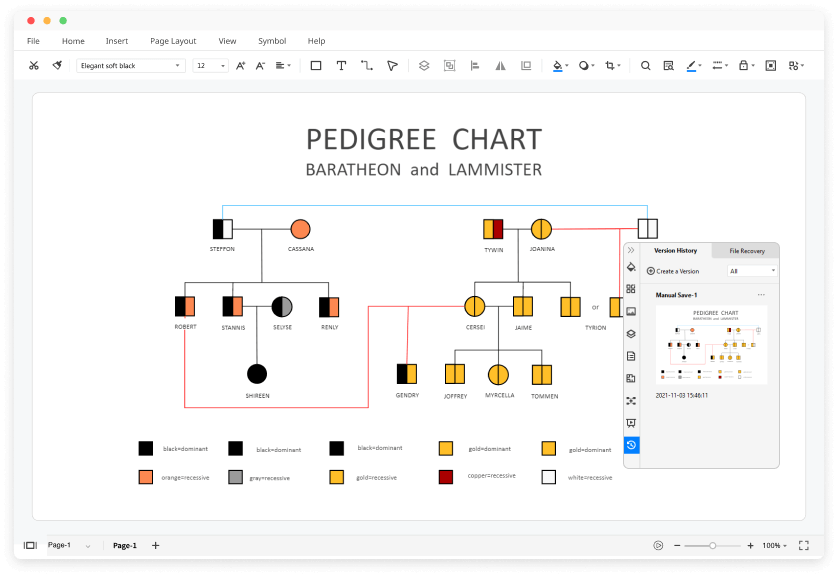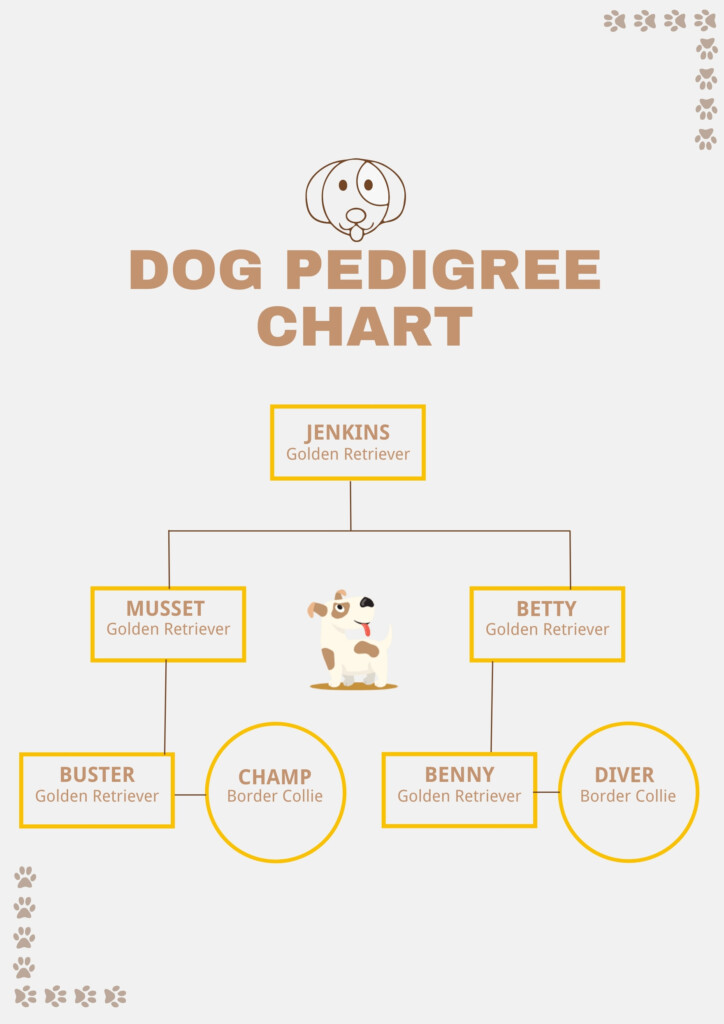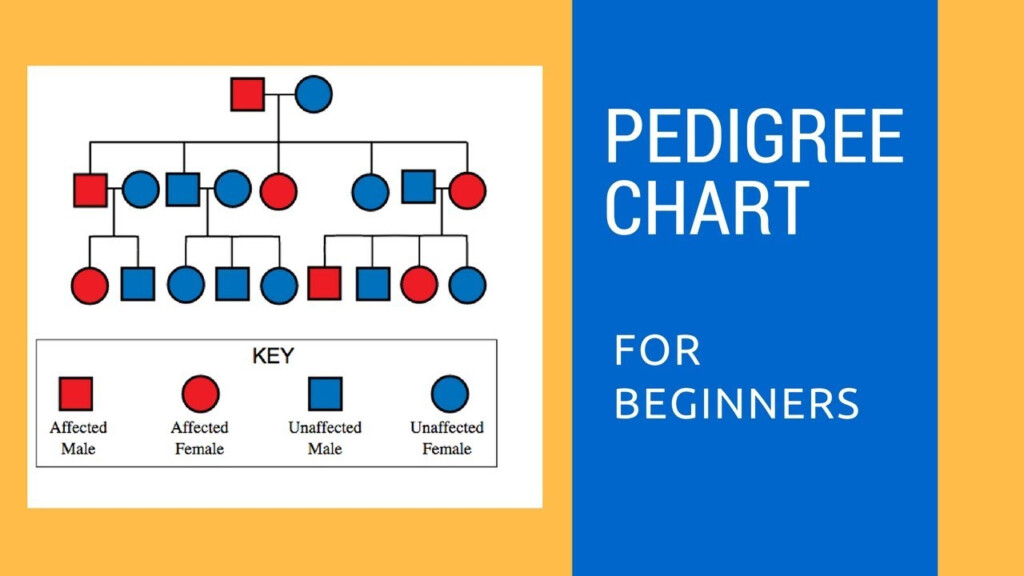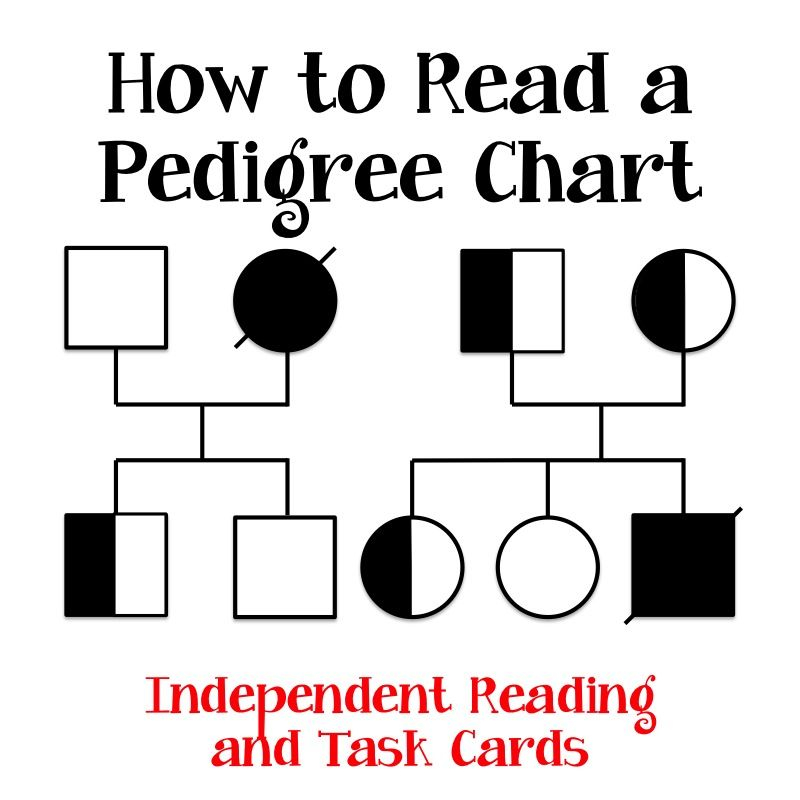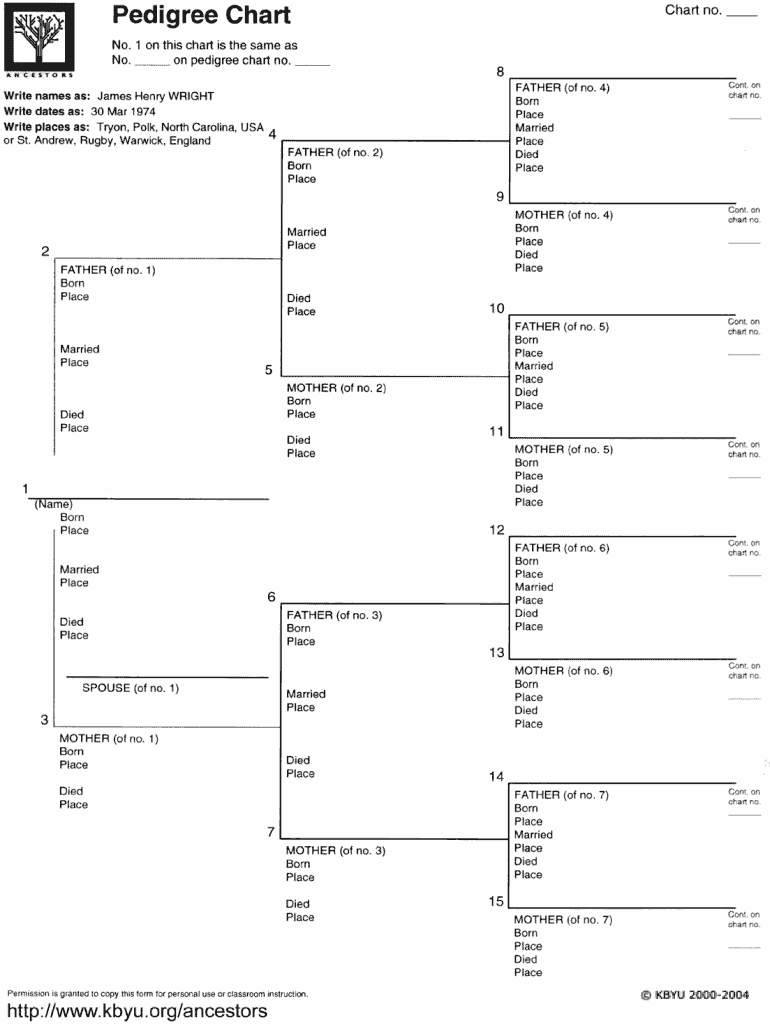Before diving into reading dog pedigree charts, it’s important to understand what they are. A pedigree chart is a visual representation of a dog’s lineage, showing its ancestors and their genetic information. This information can be valuable for breeders looking to understand the genetic history of a dog and make informed breeding decisions.
When looking at a dog pedigree chart, you will see names of dogs, their registration numbers, and sometimes additional information such as titles or health clearances. Each generation is typically represented by a horizontal line, with the dog’s name placed on the far left and its ancestors listed to the right. Understanding how to read these charts can help breeders identify potential health issues, predict certain traits in offspring, and maintain or improve the quality of a breed.
Reading Dog Pedigree Charts
Key Elements of a Dog Pedigree Chart
There are several key elements to look out for when reading a dog pedigree chart. The first is the dog’s name, which is typically listed on the left side of the chart. Next, you will see the registration number of the dog, which is important for tracking its lineage and verifying its pedigree. Additionally, you may see titles or abbreviations next to a dog’s name, indicating achievements in conformation shows, performance events, or health clearances.
Another important aspect of a pedigree chart is the inclusion of health information. Some charts may include symbols or annotations to indicate health conditions that certain dogs may have been tested for or are carriers of. This information can be crucial for breeders looking to avoid passing on hereditary health issues to future generations. By understanding these key elements, breeders can make more informed decisions when selecting breeding pairs and working towards maintaining the health and quality of a breed.
Reading Dog Pedigree Charts: Tips and Resources
Reading dog pedigree charts can be complex, especially for those new to breeding or genetics. However, there are resources available to help simplify the process. Online databases and pedigree software can assist breeders in creating and analyzing pedigree charts, making it easier to track genetic information and make informed breeding decisions.
Additionally, reaching out to experienced breeders or geneticists can provide valuable insight and guidance when interpreting pedigree charts. By networking with others in the breeding community and continuing to educate oneself on genetics and pedigrees, breeders can enhance their understanding of dog lineage and improve their breeding programs. With practice and dedication, reading dog pedigree charts can become a valuable skill for any breeder looking to make informed decisions and contribute to the betterment of their chosen breed.
Download Reading Dog Pedigree Charts
How Do You Read A Pedigree Dog Chart
How Do I Read My Dogs Pedigree Chart
How Do I Read My Dogs Pedigree Chart
How Do I Read My Dogs Pedigree Chart
